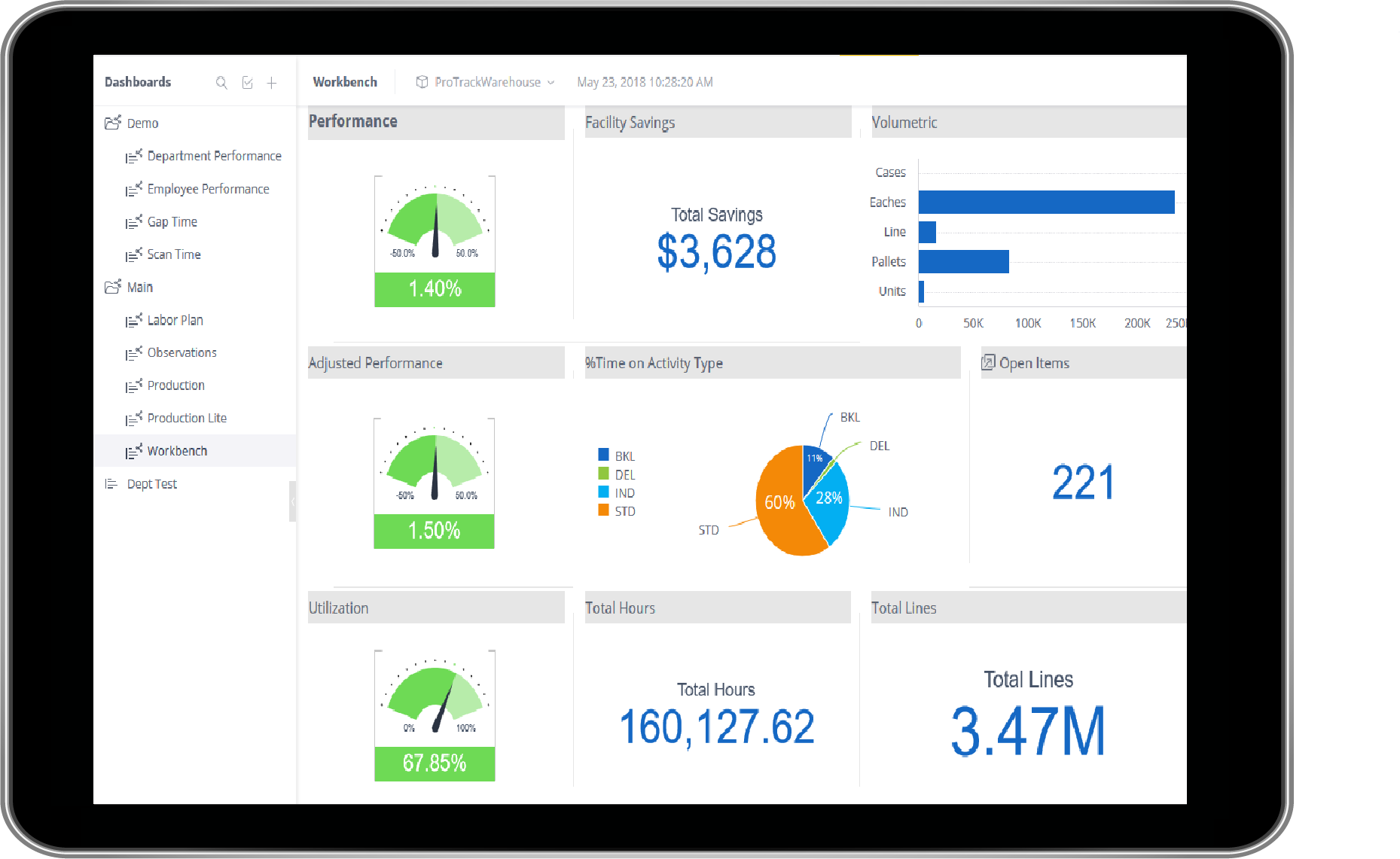
Business intelligence allows you to leverage your operational data to reveal key insights. However, without the right strategy, your BI tool might not reach its maximum potential. Here are some steps that we recommend you include on your business intelligence road-map.
Steps to creating a successful BI strategy
1. BE PREPARED FOR CHANGE
A BI strategy initiative can be a large undertaking depending on your goals. Keeping an adaptive and open mindset to these changes can improve the process for all involved. Preparing the involved teams for these changes is a critical step in implementing BI.
2. Create Objectives
Identify stakeholders and the teams involved and their roles for the BI initiative. Set objectives and goals for each individual and team for the project.
Is there a specific insight needed? In what way are you looking to leverage your BI analytics for change in your organization? Is there something your organization is striving to solve? These important questions can help lead you to what is key within your BI road-map strategy.

When creating a goal, following the SMART method allows for a detailed outline. While you go through this process, referencing these goals can help you stay aligned to what you are working to achieve.
3. SET TEAM RESPONSIBILITIES
A key step in crating a successful strategy is to define the roles for the BI initiative within your organization. Assign tasks to key stakeholders in this process to allow the implementation of new software and strategy to be more manageable and provide a safeguard for accountability. Some responsibilities to assign may be data hygiene, overseeing the way that data is collected, updating of management processes, and more.
4. ASSESS CURRENT SITUATION
Take a deep dive into how your current operation functions. Some questions to ask might be:
What do you currently report on? Current KPIs are important to consider when shifting to a new process. Are these factors still highlighted in your new strategy?
What processes don’t work? Make a list of the items that you wish to solve in this process.
Are there any processes that do work? Identify things that are working well, as you don’t want to scrap a process that is essential and functioning. Incorporating these existing processes will make a smoother transition for employees.
During this audit, document things that require updating. Adding detail to this list can be an important step to designing the right road-map for your goals.
5. DATA HYGIENE
Clean data in, clean analytics out. It’s that simple. Cleaning your data may not be quite as simple, but it will ensure the success of your BI.
A solid data quality management strategy is necessary to ensure accurate insights. It will help you maintain the cleanest data possible for better operational activities and decision-making made relying on that data. Doing research around your CRM, WMS, and other systems will help you find additional programs to assist with cleansing data and best practices for your specific systems.
6. IDENTIFY KPIS (KEY PERFORMANCE INDICATORS)
KPIs indicate areas businesses are on the right track and where improvements are needed. When implementing a BI strategy, it is crucial to consider the company’s individual strategy and align KPIs to company’s objectives.
KPI data points that can be sourced from BI:
- Performance data (by facility, activity/zone, shift or supervisor)
- Performance
- Utilization
- Top Performers
- Indirect
- Delay
- Employee Data
- Turnover Percentage
- Wage Trend vs. Turnover Percentage
- Incentive Pay
- LPH vs. Performance Against Standard Time
- Travel Time Percentage of Total Order Time
- Travel Distance Per Line
- Observations by Supervisor Comparison
- Percentage Pending Observations by Supervisor
- Program Cost Savings
- Labor Forecasting
Identify key trends & Create a Competitive Edge
BI analytics allow c-suite leadership to understand their operational landscape like never before. Visibility into these key metrics allows for more informed, accurate and timely decision making.
Available data trends identify areas of excellence and those in need of improvement. This insight allows leadership to create a strategy to tackle any recurring problems that they may have been blind to without these metrics. It also allows for predictive analytics and proactive strategies based on historical data trends.
With strengths and weaknesses identified in data, new strategies can carry advancements that standardize or edit processes to maximize efficiency and productivity. When organizations base their decisions on accurate real-time metrics, they are adapting and striving towards operational excellence and creating a strong competitive edge.
ProTrack BI Dashboard
ProTrack BI Dashboard combines your ProTrack LMS, WMS and time and attendance data into one easy to use Business Intelligence platform, providing users with answers at a glance to drive critical decision making. Utilize your operational data to drive higher levels of throughput, increase labor performance and reduce turnover.
ProTrack BI custom dashboards allow users to easily create different data views to highlight key KPIs for specific users and provide the ability to drill into those details or set pulse alerts for key threshold numbers. Pulse alert triggers for specific insights can be set to help measure when a threshold is met or if the numbers dip, helping users stick to their KPI goals.

- Workforce Performance
- Workforce Utilization
- Quality Metrics
- Facility Score Cards
- Management Score Cards
- Labor Cost & Savings
- Indirect Hours Analysis
- Volumetric Data
- Order Mix
- Travel Time Analysis
- Slotting Analysis
- Dependency Analytics

